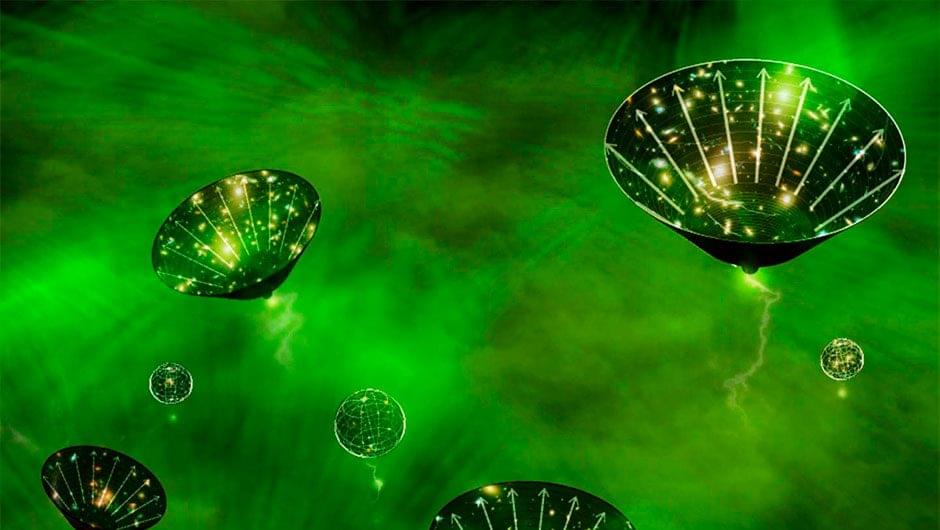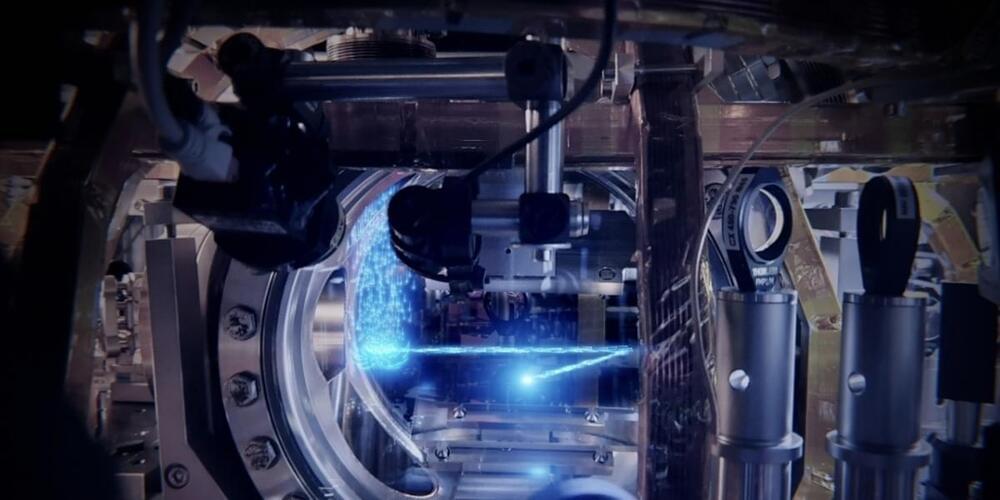♡,♡!!!
In a sense, the extinct woolly mammoth has returned —as a meatball. On Tuesday, an Australian cultured meat start-up revealed a sphere of lab-grown meat, produced with a DNA sequence from the elephant-like mammal.
But you won’t find this product in grocery stores; the creation is not meant to be eaten, at least for now. Instead, the “mammoth meatball” aims to highlight the environmental impacts of standard agricultural practices and present cultured meat as a viable option for food production down the line.
“We wanted to get people excited about the future of food being different to potentially what we had before,” Tim Noakesmith, a co-founder of Vow, the company behind the meatball, tells Mike Corder of the Associated Press (AP). “We thought the mammoth would be a conversation starter. … What we wanted to do was see if we could create something that was a symbol of a more exciting future that’s not only better for us, but also better for the planet.”








